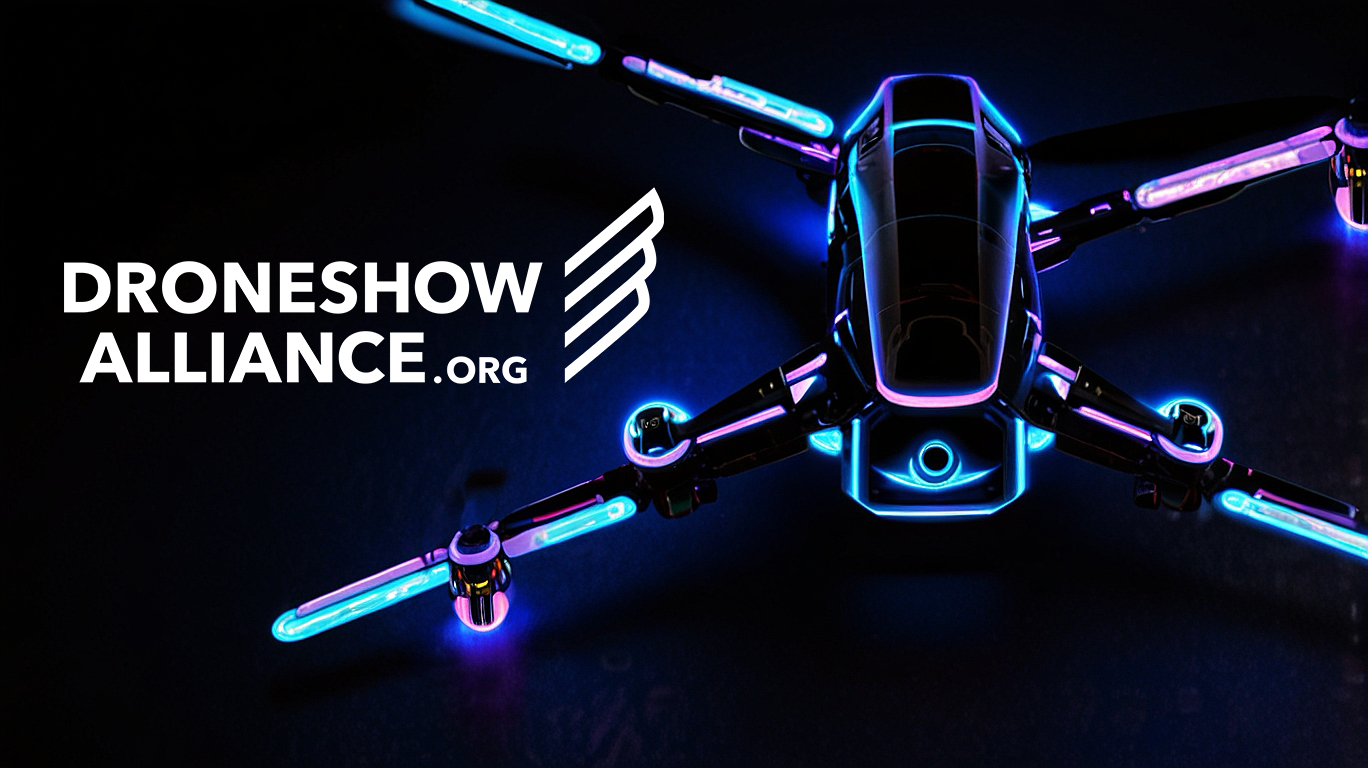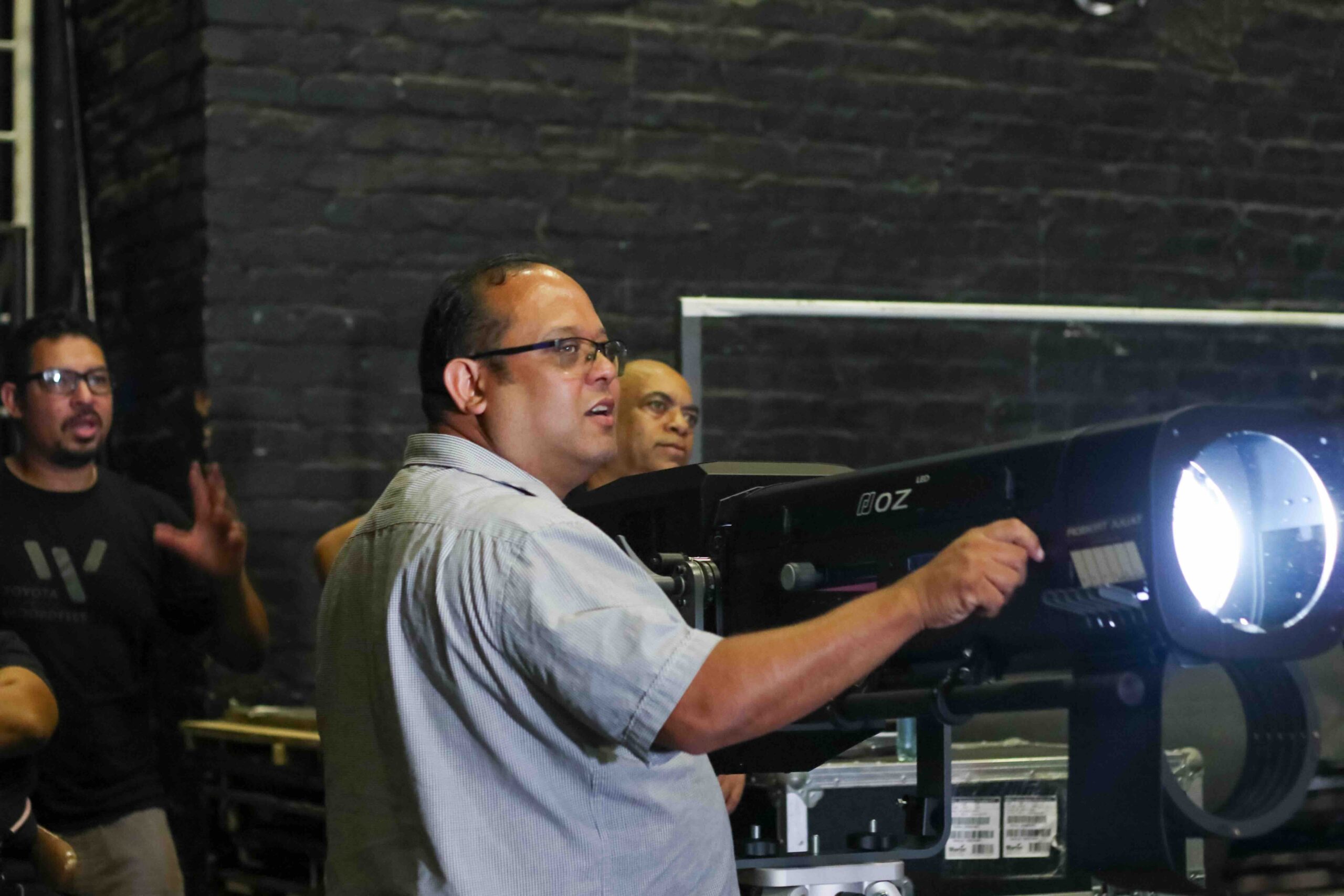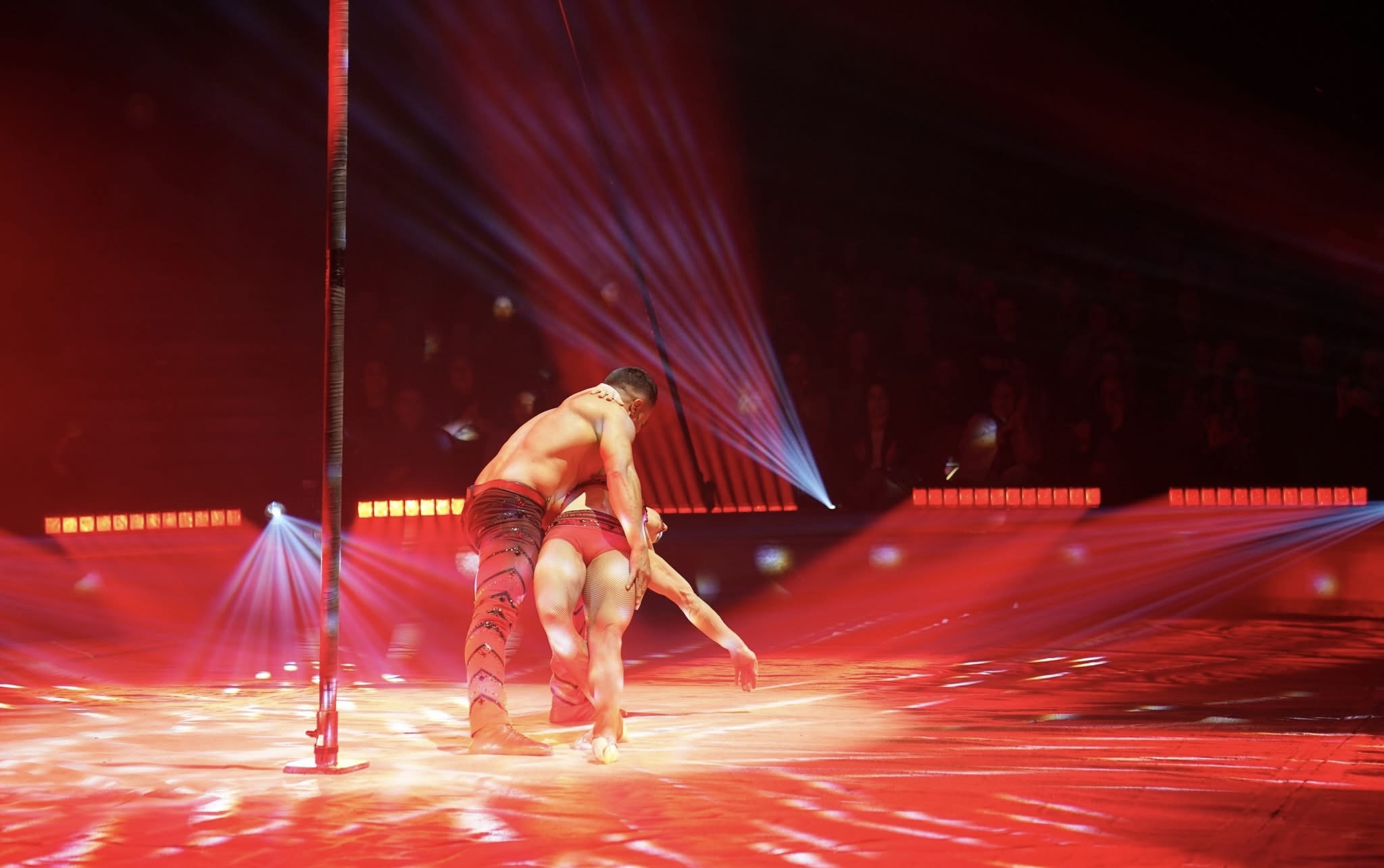More details from HSL (http://www.hslgroup.com):
BLACKBURN, UK – UK lighting and visuals rental and solutions provider HSL continued a busy touring season supplying lighting, LED screen, rigging and a Kinesys automation system to Production North for street dance troupe sensation, Diversity’s first major arena tour.
HSL has worked with Production North on many different projects. Once again, HSL’s Mike Oates project managed with set, visuals and lighting designed by Peter Barnes, working in close conjunction with Diversity’s creative director and leader, Ashley Banjo.
On the road, lighting was looked after and operated by Neil Trenell. An HSL crew of six took care of lighting and video and the Kinesys system, together with rigger John Ashton, who put in the 58 points each day.
Sarah Hollis, production manager for Production North, remarked that it was “excellent” to deal with one company and a single HSL crew chief – Steve Major – covering lighting, video, staging, rigging and automation departments. They were happy with the service and attention to detail for which HSL is renowned.
The futuristic Tron-styled and shaped stage set was inspired by Banjo’s original narrative threads which set the scene as the troupe got sucked into a video game and ‘digitized,’ a serious situation from which they had to escape … and so the show unfolds.
The lighting brief was to make the show appear significantly large and have impact. Presenting dance in an arena environment is a different dynamic to that of music, and there was massive emphasis on all visuals, both to keep the storyline animated and to help pump the excitement and energy of the dance routines.
The lighting rig contained more than 80 moving lights – a mix of Clay Paky, Martin Professional, Robe and Vari*Lite fixtures – which were strategically positioned all over the rig and set in optimum positions. Barnes insisted that light sources be clearly seen, which also made them ultimately focusable. At the same time, he was careful that no areas onstage became cluttered with lighting.
HSL also supplied generic lighting fixtures including Showtec Sunstrips, JTE PixelPARs, PAR 36s, i-Pix Satellites, 4-cell Moles and Studio Due City Colour floods, spread out around the trusses and set. There was also no shortage of atmospherics with several smoke and haze machines scattered around.
Trenell programmed and ran all lighting on a grandMA2 light console with another running in full tracking backup. Most cues were triggered by MIDI timecode simultaneous to the video playback, which was activated via the audio tracks running on QLab.
Video Screens
The 10 meter wide 4.5 meter high LED screen upstage – which split in half for entrances / exits – was made up from Martin Professional EC-10 panels.
Banjo wanted a large screen onstage to make a statement. Its size was further enhanced with an aluminum surround.
The two downstage most of three-per-side large scenic side chevrons were clad with Martin EC-20 panels, extending the depth and dimensions of the performance area and giving it a tunnel feel.
The other area covered in EC-20 screen was a circular ‘portal’ which descended onto the front of the stage at various moments and was used to transport Diversity around the ‘game’ and assist with some entrances and exits.
All video content was produced by Clive Silver of CS Media.
Moving It
HSL crew member Paddy Neilly operated the Kinesys system, which used their Vector control software.
There were three moving elements: The upstage screen, the portal and a triangular pyramid, which flew in from the ceiling and contained two aerialists for the finale.
There were around 110 movement cues in the busy show, and in the final scenes he used all four playbacks on the Vector.
The back screen weighed around 2 ton and was rigged on two master beam trolleys running on a toothed encoder system, driven by Kinesys Elevation 1+ controllers and six slaves. The accuracy of the Kinesys system was needed to ensure that when the two halves of the screen were butted up, the join was invisible.
The 3-meter high Portal had a 5 meter diameter circular frame, made from custom Prolyte trussing designed by HSL to be tourable and clad with the EC-20. All elements together weighed around 1.8 tons. It was suspended on five Liftket 1 ton Kinesys motors, which can run at up to 10 meters a minute with smooth operation for any effect. This performed several moves during the show.
The Pyramid was lifted by a standard 1 ton Liftket 10 meters-a-minute Kinesys motor, which was hot-rodded to give some speedy in / out movements, complete with all the rigorous safety ratios and components needed for people flying.
Teamwork
HSL’s already mentioned crew were joined by lighting techs Gary Rees and Ed Ilsley and video techs Ian Wood and Christian Lewis, the latter of whom was also overseeing and controlling the playback system.
Neil Trenell has worked with HSL on numerous occasions. He says, “I was really pleased to be doing so again. It’s been a good tour, great to work on, and something a bit different. HSL has been an excellent supplier as always – we have had everything we wanted and amazing service – always with a smile!”



